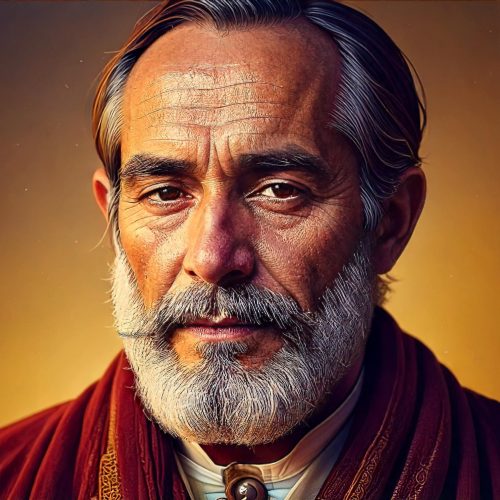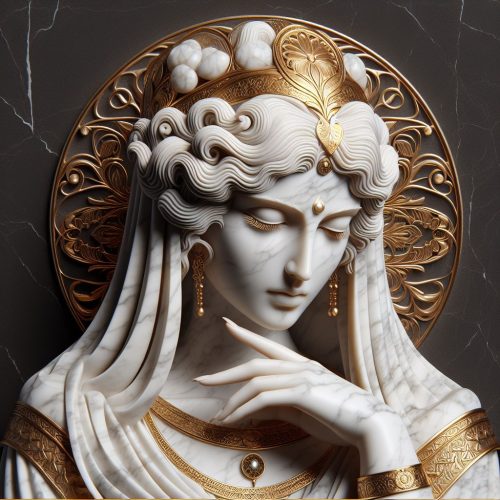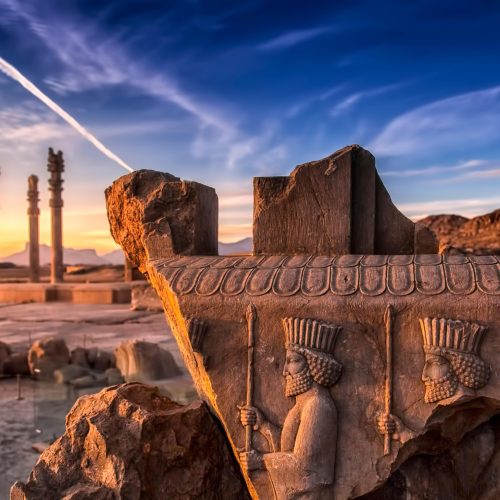By Dr. Mohammad Hosseini Professor of Medieval Persian Studies University of Tehran
In the grand tapestry of Persian historiography, few names shine as brilliantly as Abu’l-Fadl Bayhaqi, whose masterwork, the Tarikh-i Bayhaqi, stands as an enduring monument to the art of historical documentation in medieval Persia. As we delve into the life and works of this remarkable scholar, we find ourselves traversing the corridors of the mighty Ghaznavid empire, where the intricate dance of power, politics, and prose shaped one of the most significant historical narratives of our cultural heritage.
Youth and Early Career: The Making of a Master Chronicler
The story of Abu’l-Fadl Muhammad ibn Husayn Bayhaqi begins in the village of Harithabād in the district of Bayhaq, near present-day Sabzevar, where he drew his first breath in the year 385/995. Born into an era when the Persian intellectual tradition was experiencing a remarkable renaissance under the patronage of the Ghaznavid dynasty, young Bayhaqi was destined to become one of its most distinguished representatives.
In those days, when the morning air carried the sweet fragrance of jasmine and the sound of scholars’ debates echoed through the madrasas of Nishapur, Bayhaqi embarked upon his educational journey. The young scholar’s insatiable appetite for knowledge led him to the prestigious circles of learning in Nishapur, where he immersed himself in the study of Arabic, theology, and the art of elegant prose composition. His early education was marked by a particular fascination with the works of the great masters of Arabic prose, whose influence would later manifest in his own distinctive writing style.
The turning point in Bayhaqi’s life came in 1021 CE, when fate and merit conspired to secure him a position in the Ghaznavid chancellery (diwan-i risalat). Under the tutelage of the renowned Abu Nasr Mushkan, who served as the head of the chancellery, Bayhaqi began his apprenticeship in the delicate art of official correspondence and documentation. The young scribe’s exceptional talent for composition and his meticulous attention to detail quickly caught the eye of his superiors.
It was during these formative years that Bayhaqi developed the habits that would later distinguish him as a historian of unprecedented reliability. He began keeping detailed personal records of events, preserving official documents, and maintaining a network of informants whose testimonies would prove invaluable in his later historical writings. The corridors of power became his classroom, and the daily machinations of the Ghaznavid state his primary subject of study.
Later Career: Rise Through the Ranks of Power
As the wheel of fortune turned and the sun of the Ghaznavid empire reached its zenith, Bayhaqi’s star continued to rise within the administrative firmament. Following the death of his mentor Abu Nasr Mushkan in 1039 CE, Bayhaqi assumed greater responsibilities within the chancellery. His position afforded him an intimate view of the empire’s administration during one of its most turbulent periods, as he witnessed the transition of power from the great Sultan Mahmud to his sons Mas’ud and Muhammad.
The years that followed were marked by political intrigue and dramatic upheavals that would later form the core narrative of his historical masterpiece. Bayhaqi’s position as the chief secretary (dabir-i khas) placed him at the heart of the empire’s administrative apparatus, where he served as both participant and observer in the unfolding drama of Ghaznavid politics.
However, the path of the court chronicler was not without its perils. In 1041 CE, following the overthrow and execution of Sultan Mas’ud, Bayhaqi faced a period of disgrace and imprisonment. This dark interlude, rather than breaking his spirit, served to deepen his understanding of the capricious nature of power and the importance of preserving historical truth for posterity.
Upon his release and rehabilitation, Bayhaqi returned to his duties with renewed purpose. The experience of imprisonment had crystallized his resolve to document the history he had witnessed with unflinching honesty and unprecedented detail. His later career was marked by a careful balance between his official duties and his growing preoccupation with the monumental historical work that would become his lasting legacy.
The Writing of Tarikh-i Bayhaqi and Death: A Monument to Persian Historiography
In the autumn of his life, having witnessed the ebb and flow of imperial fortunes for over three decades, Bayhaqi embarked upon the composition of his magnum opus, the Tarikh-i Bayhaqi. This remarkable work, originally comprising thirty volumes and spanning the history of the Ghaznavid dynasty, represented the culmination of a lifetime’s observation and reflection.
The writing of the Tarikh-i Bayhaqi was no mere chronicle of events, but rather a profound meditation on the nature of power, truth, and historical documentation. Bayhaqi approached his task with a methodology that was revolutionary for his time. He insisted upon the verification of sources, the cross-referencing of testimonies, and the preservation of official documents. His work was distinguished by its attention to the psychological motivations of historical actors and its keen observation of the minutiae of court life.
What sets the Tarikh-i Bayhaqi apart from other historical works of its era is its author’s commitment to what we might now term historical objectivity. Bayhaqi writes in his introduction: “I have bound myself to write nothing but the truth, and not to embellish my narrative with ornamental lies, for I have witnessed much of what I describe and have verified the rest through trustworthy sources.”
The style of the work is as remarkable as its content. Bayhaqi’s prose is at once elegant and precise, capable of rising to heights of rhetorical magnificence when describing great events, yet maintaining a clear-eyed focus on the essential details that bring historical narrative to life. His descriptions of court ceremonies, diplomatic exchanges, and private conversations create a vivid tableau of medieval Persian court life that remains unequaled in its detail and authenticity.
Sadly, of the thirty volumes that comprised the complete Tarikh-i Bayhaqi, only the portions dealing with the reign of Sultan Mas’ud have survived. These surviving sections, however, are sufficient to establish Bayhaqi’s place as one of the greatest historians of medieval Islam. The work stands as a testament to the sophistication of Persian historical writing and continues to serve as an invaluable source for understanding the political, social, and cultural life of the Ghaznavid era.
Bayhaqi continued working on his masterpiece until his death in 1077 CE. He passed away in Ghazna, having devoted the final years of his life to ensuring that future generations would have access to an accurate and detailed account of the events he had witnessed. His death marked the end of an era in Persian historiography, but his influence would continue to shape the development of historical writing in the Islamic world for centuries to come.
The legacy of Abu’l-Fadl Bayhaqi extends far beyond his own time. His commitment to documentary evidence, his sophisticated understanding of human psychology, and his elegant prose style established new standards for historical writing. The Tarikh-i Bayhaqi remains a fundamental source for understanding not only the history of the Ghaznavid dynasty but also the evolution of Persian prose and the development of Islamic historiography.
In our own time, when the writing of history is subject to various ideological pressures and methodological debates, Bayhaqi’s work stands as a reminder of the fundamental virtues of the historian’s craft: careful observation, faithful recording, and the courage to speak truth about power. His life and work continue to inspire scholars who seek to understand and document the complex interplay of human ambition, political power, and cultural achievement that shapes the course of history.
As we conclude our examination of this remarkable figure, we must acknowledge that Abu’l-Fadl Bayhaqi represents the finest traditions of Persian intellectual culture. His work embodies the synthesis of literary elegance and historical accuracy that characterized the greatest achievements of medieval Islamic civilization. In an age when the preservation of historical memory faces new challenges, Bayhaqi’s example reminds us of the enduring importance of bearing witness to our times with both precision and artistry.
The legacy of Abu’l-Fadl Bayhaqi continues to resonate through the centuries, speaking to us across the ages with a voice that remains remarkably contemporary in its concerns with truth, power, and the proper recording of history. As we face our own historical challenges, we would do well to remember the example of this master chronicler who understood that the proper study of history requires not only the accurate recording of events but also a deep understanding of human nature and the courage to speak truth to power.




